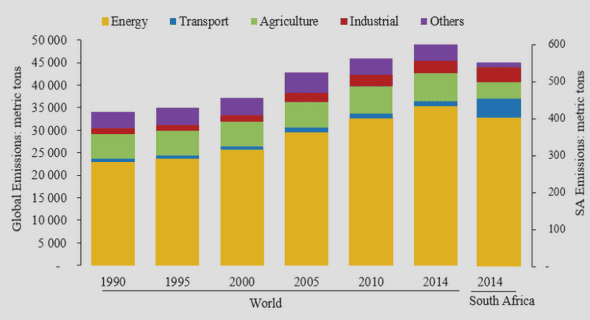(Downloads - 0)
For more info about our services contact : help@bestpfe.com
Table of contents
CHAPTER 1 GENERAL INTRODUCTION
POPULATION-‐LEVEL BHAVIOURS AND EFFECTS
Population level perspective – making sense of individual behaviors
Emergent behaviors
Individual and population level interactions
Population level perspective in our work
SOCIAL AMOEBAE
Organism
Ecology
Life cycles -‐ Survival strategies
Social life cycle -‐ Morphogenesis and differentiation
Evolution and phylogeny
Biological model
CHAPTER 2 MATERIALS AND METHODS
EXPERIMENTAL PROCEDURES
Strains and Culturing
Transformation and Dyeing
Aggregation
Image Acquisition
Image Analysis
Strain Specific Life Cycle Properties
Statistical Analysis
Standard Techniques
MEDIA AND BUFFERS
MODEL
Model
Non-‐aggregating cells (Chapter 3)
Strain competition (Chapter 4)
CHAPTER 3 POPULATION PARTITIONING BETWEEN UNICELLULAR AND MULTICELLULAR STRATEGIES IN SOCIAL AMOEBAE D. DISCOIDEUM
ABSTRACT
INTRODUCTION
RESULTS
Not all cells aggregate
New microscopy technique for quantifying non-‐aggregating cells
Phenotypic plasticity affects population partitioning
Genetics of population partitioning
Individual-‐level costs and benefits of the non-‐aggregating cell fraction
Cell history and cell fate
Model: evolutionary framework
DISCUSSION
Population partitioning into aggregating and non-‐aggregating cells
Consequences of population partitioning on cooperation
CONCLUSION
PERSPECTIVES
SUPPLEMENTARY FIGURES AND MOVIES
Supplementary Movies
Supplementary Figures
APPENDIX: FOR ECONOMISTS: ADAPTATION TO UNCERTAINTY IN BIOLOGY AND ECONOMY
CHAPTER 4 HOW LIFE CYCLE COMPLEXITY AFFECTS GENETIC DIVERSITY AND COOPERATION IN SOCIAL AMOEBAE D. DISCOIDEUM
ABSTRACT
INTRODUCTION
Genetic diversity
Genetic diversity in cooperative systems
Social amoebae: competition and cooperation
Our approach
RESULTS
Growth rate
Non-‐aggregating cells
Sporulation efficiency
Germination efficiency
Competition Model
Environmental sources of phenotypic variability
DISCUSSION
Life cycle complexity, competition and cooperation
Germination efficiency –questions and speculations
PERSPECTIVES
APPENDIX: DIVERSITY AND INDIVIDUALITY
Costs and benefits of being diverse
Individuality and levels of selection
CHAPTER 5 DYNAMICS OF AGGREGATION IN P. PALLIDUM
ABSTRACT
INTRODUCTION
Aggregation in social amoebae
Aggregation in D. discoideum – the best studied example
Aggregation in P. pallidum
Our focus: dynamical aggregation in P. pallidum
RESULTS
Qualitative description
Quantitative analysis
DISCUSSION
Qualitative description
Quantitative analysis
CONCLUSION
PERSPECTIVES
SUPPLEMENTARY MOVIES
CONCLUSIONS AND PERSPECTIVES
REFERENCES


